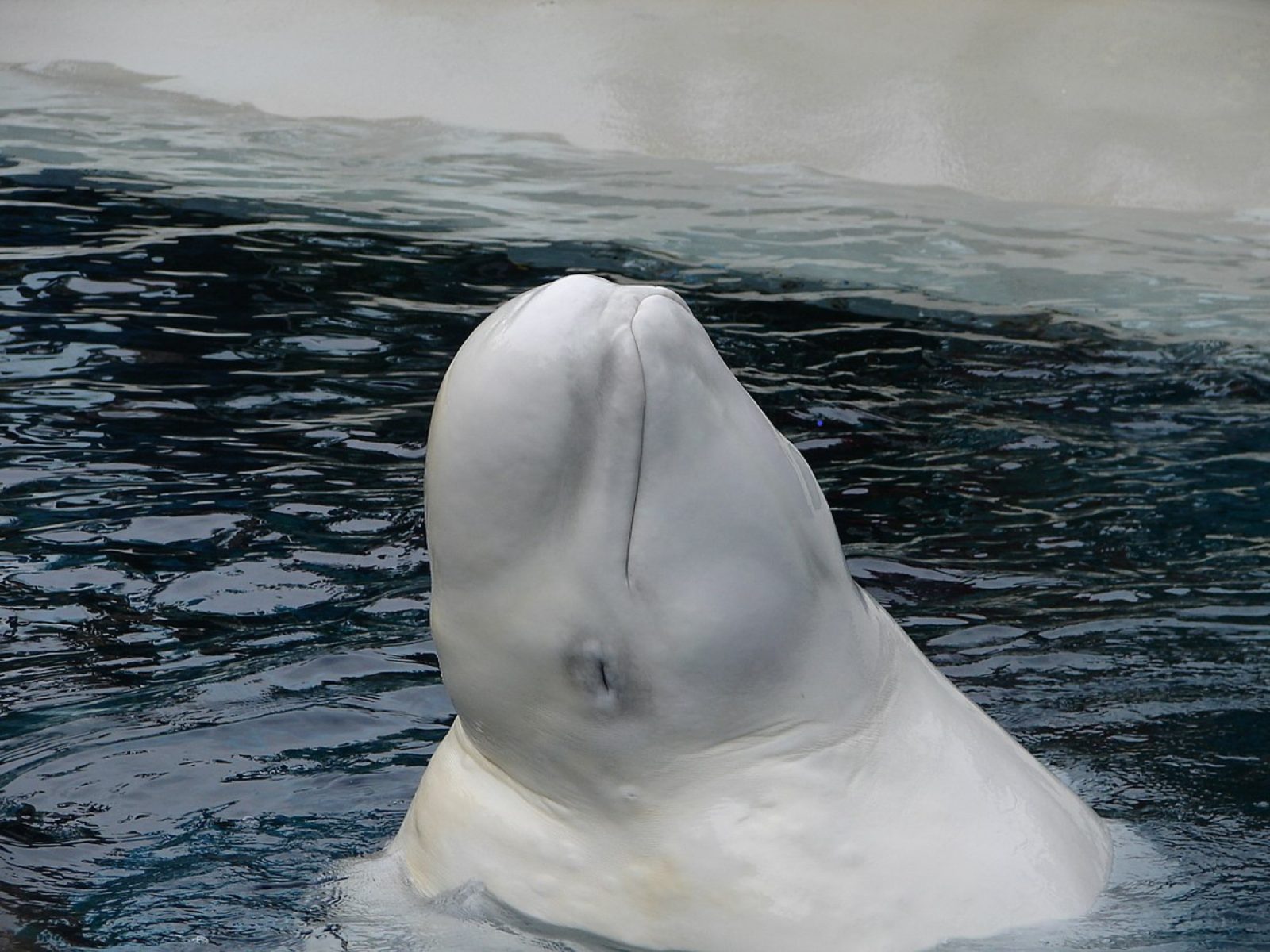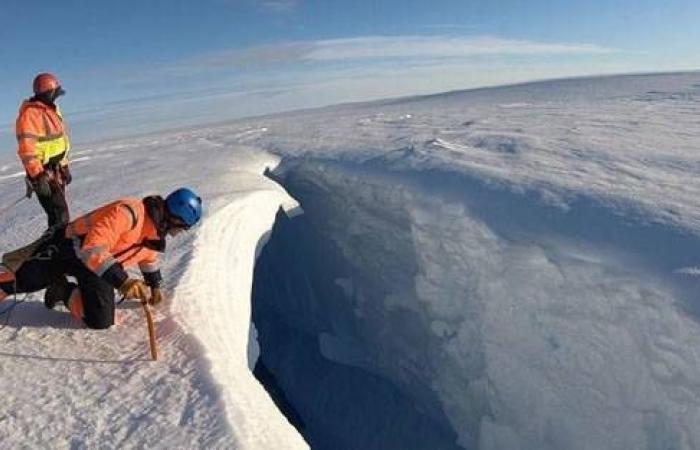
Beluga Whale
Beluga whales are only found in the arctic and sub-arctic oceans. They are one of just 2 species in their family Monodontidae, and are unique in their genus of Delphinapterus. It is also known as the white whale, the sea canary and the Melon-head (though the melon-headed dolphin is a species of its own, so this name may cause some confusion.
Adaptions it has for the Arctic, include the fact that it is white in colour, allowing it to blend into the white world more effectively, and the fact it has no dorsal fin, which allows it to swim very close to the ice sheet above.
Growing up to 5.5m in length and up to 1600kg they are a pretty large dolphin. Generally, living in groups of around 10, in the summer, they group together in their hundreds or thousands.
The worlds population is thought to be around 200,000, Some populations move from the edge of the ice cap, into rivers in warmer areas, while others stay around the ice caps year round. Groups of people in both USA and Russia have hunted them for many centuries.
Hunting is not controlled, and as such the drop in population could happen quite fast. Russia and Greenland have killed enough to drop their local population significantly, though thankfully not Alaska or Canada.
They do also have their natural predators in both the killer whale and the Polar bear.
They are the most commonly kept cetaceans in the world, with around 300 in captivity. Japan, USA, Ukraine, Canada, China and Russia as well as a few more.
There are 22 populations around the world, these vary from 39,000 down to as little as 500. The total population is around 200,000. While this number is large, the number hunted is definitely not sustainable. There is also no care to distinguish the different populations, which suggests that sub-populations could be pushed to extinction without any care.
Below, you will find a clip from a bbc documentary which features this species. Below this, is a list of any mentions that the beluga whale has had on this site. Below this, I will list any opportunities to see this species in the wild. Click on list your wild place, to list yours. It takes just a few minutes, and costs nothing – we only charge a commission on any business we send your way.
News in Brief – Beluga whale spotted in the Thames, Japanese knotweed invasion and Praying Mantises
- Tim
- October 4, 2018
Beluga whale spotted in the Thames
A Beluga whale, a species usually found in the arctic region, has been spotted in the Thames estuary a few miles from London. As...White whale spotted near Shetland!
- Tim
- March 13, 2024
This is not a melanistic whale, instead it is a beluga whale, which is usually white. Filmed in January it is only the sixth time that this species has been...

